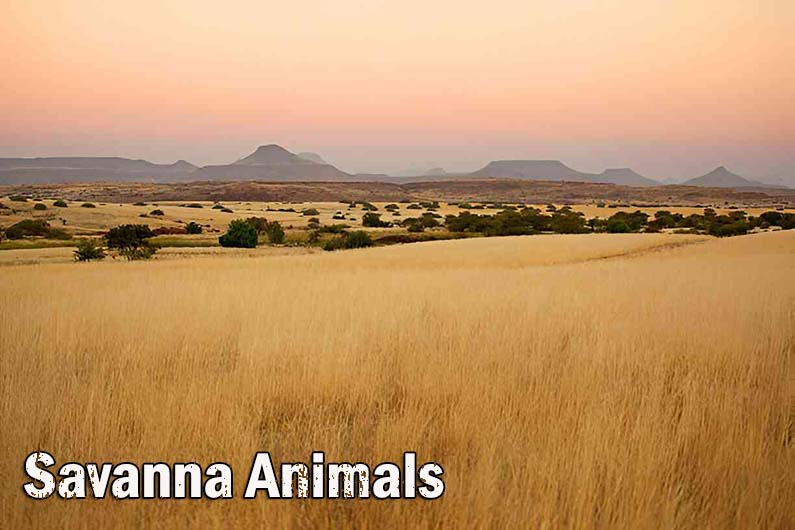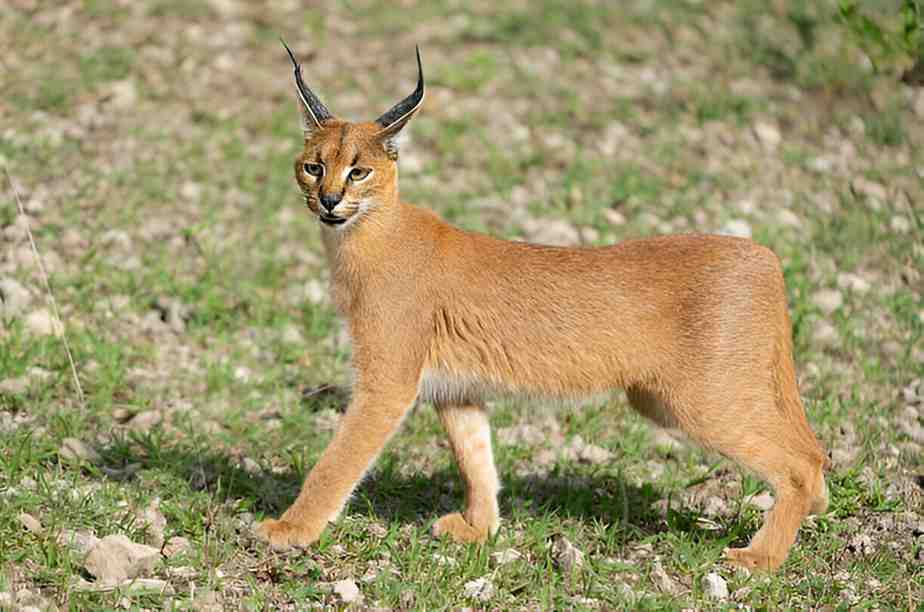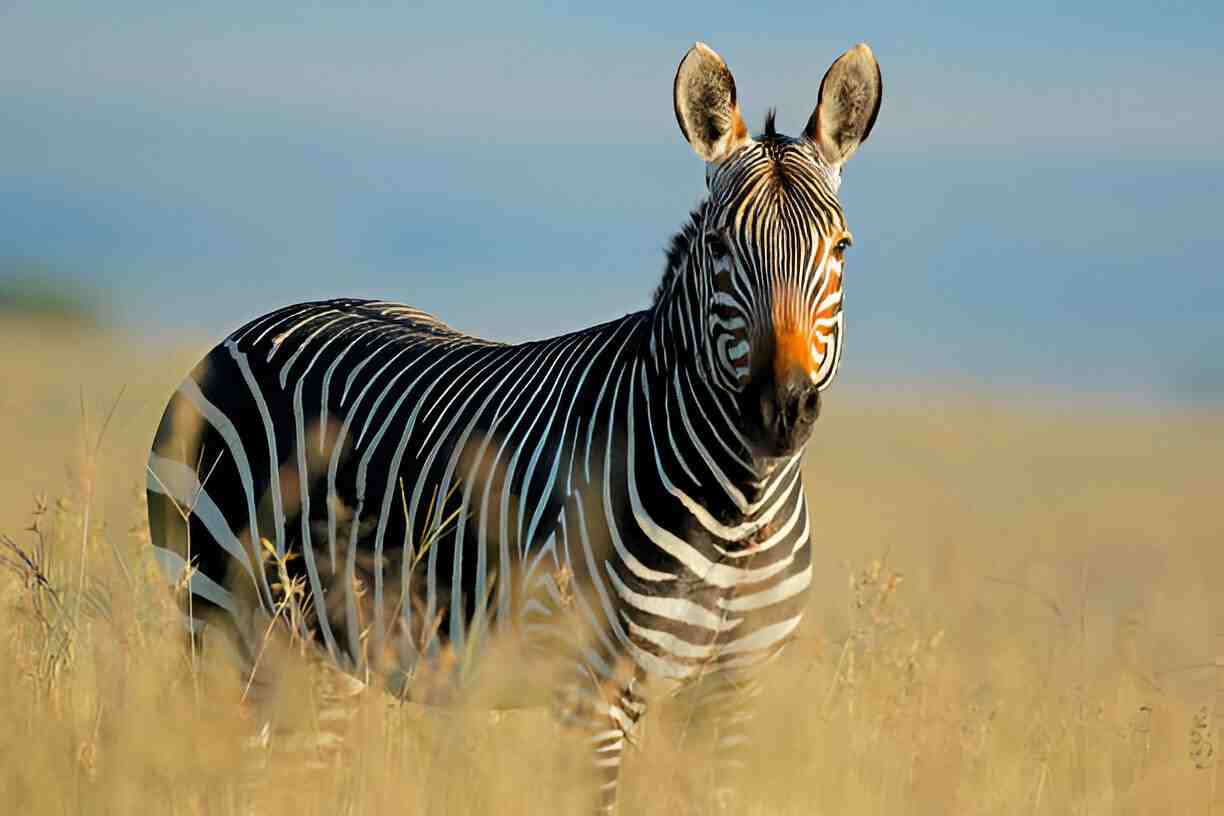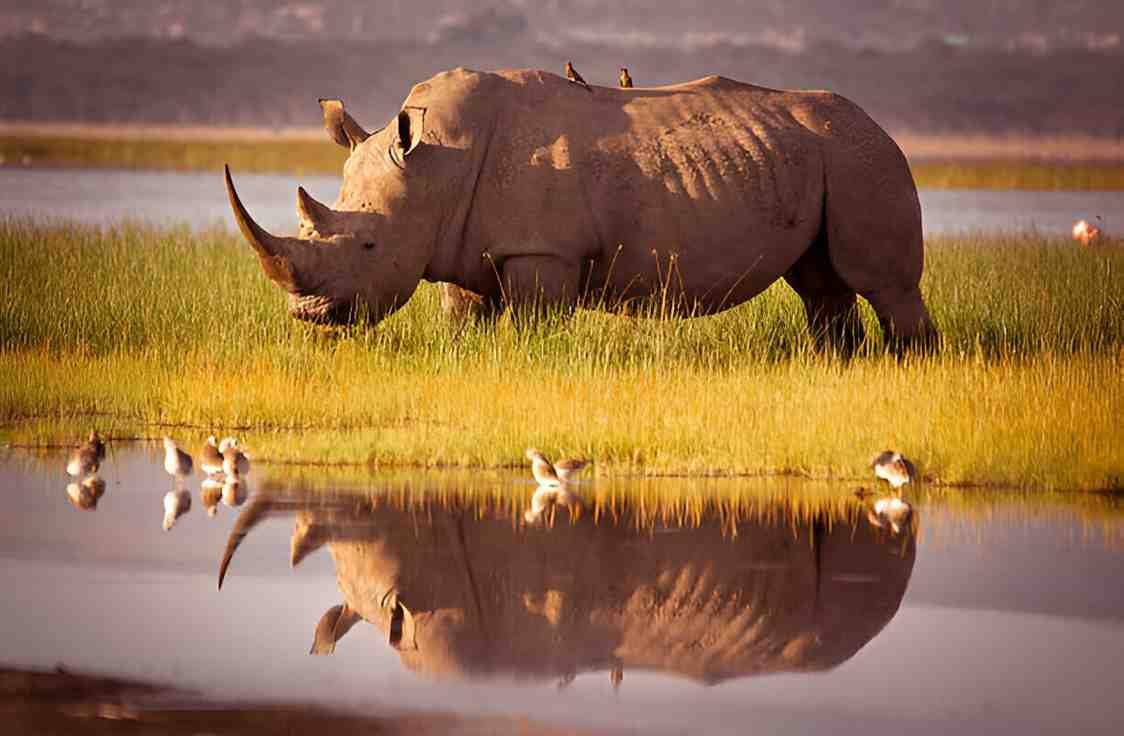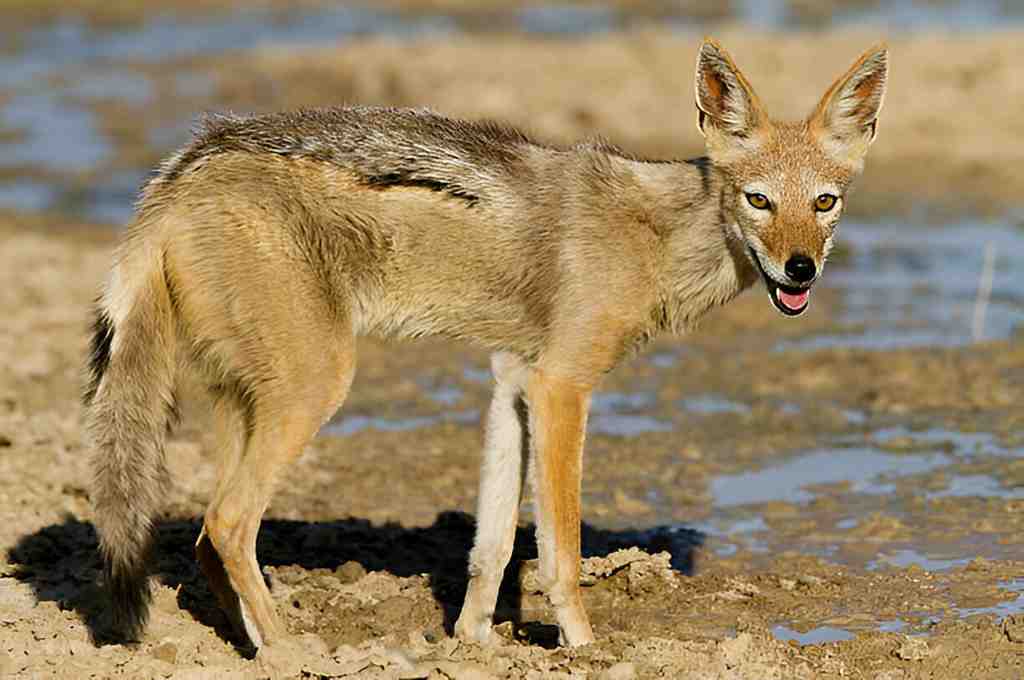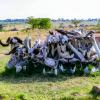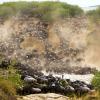African Savanna Animals
Africa has a variety of ecosystems, including wetlands, deserts, mountains, and rainforests, but the most amazing numbers and diversity of species may be found on Africa's savannas.
A savanna is a grassland ecosystem with scattered trees and shrubs, typically found in tropical or subtropical regions. It has distinct wet and dry seasons, with grasses dominating the landscape and trees adapted to survive drought. Savannas support diverse wildlife, including grazing mammals and predators, and are often affected by periodic fires, which help maintain the balance between grasses and trees.
In savannas, the climate is typically warm throughout the year due to their location in tropical or subtropical regions. This consistent warmth provides favorable conditions for plant growth and sustains the diverse ecosystem found in savannas.
Savannas experience two main seasons:
- Wet Season: (summer). During this time, there is an increase in rainfall, which can vary depending on the specific location of the savanna. The increased moisture promotes rapid plant growth, resulting in lush vegetation, greenery, and an abundance of food for herbivores. Rivers and waterholes fill up, providing essential water sources for wildlife.
- Dry Season: (winter) This period is characterized by a significant decrease in rainfall, leading to dry conditions and reduced vegetation growth. Grasses may turn brown, and some trees and shrubs may lose their leaves to conserve water. The dry season can be challenging for wildlife as water sources become scarce, and competition for resources increases. Many animals migrate or adapt their behavior to cope with the dry conditions, such as seeking out remaining water sources or moving to areas with better food availability.
East Africa's grasslands, which comprise the Serengeti and Masai Mara ecosystems, are considered the world's largest savanna, home to literally millions of grazers (wildebeest, zebra, and gazelle), as well as hundreds of predators who hunt them. Going on safari in East Africa's savanna is as authentic as it gets for a typical safari experience, with many wildlife encounters guaranteed.
Animals that live in the Savanna
Aardvarks
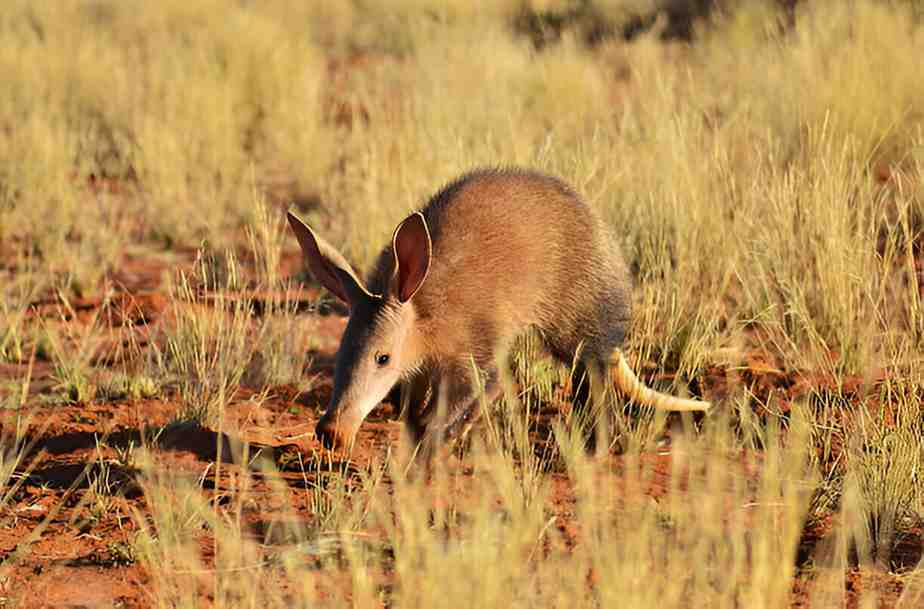
Aardvarks inhabit various regions throughout Africa, primarily south of the Sahara Desert. Their name originates from the Afrikaans language of South Africa, meaning 'earth pig'. These nocturnal creatures retreat to their underground burrows during the scorching African afternoons to escape the heat, emerging at night to search for termites in grasslands and forests.
Caracal
Caracals, meaning ‘black ears’ in Turkish, are widespread across Africa and also inhabit the Middle East, parts of Asia, and India. These agile predators are recognized for their stocky build, long legs, tufted ears, and uniform sandy-colored fur. Despite standing at just 0.5 meters tall and weighing around 12 kg, they are remarkable acrobats, capable of leaping up to 3 meters into the air.
Eland
The eland stands out as one of the African savanna's most iconic inhabitants. As the largest antelope species, it boasts a distinctive coat and a robust, ox-like physique. Elands are notable for their unique clicking sound, audible from considerable distances, sparking debates over its origin. Some attribute it to the eland's legs, while others suggest it's the result of their spiral hooves.
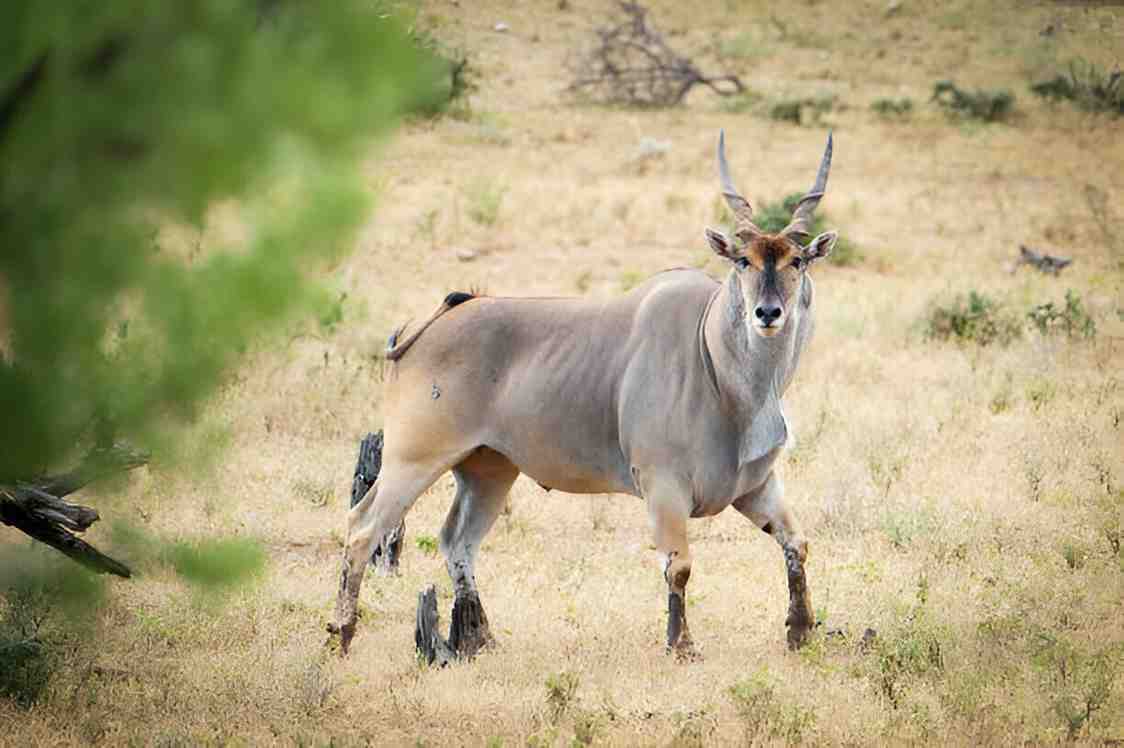
To catch a glimpse of elands, safari enthusiasts can explore the game parks of Kenya, Tanzania, Zambia, Botswana, Zimbabwe, and South Africa, where these majestic creatures thrive in their natural habitats.
Giraffe
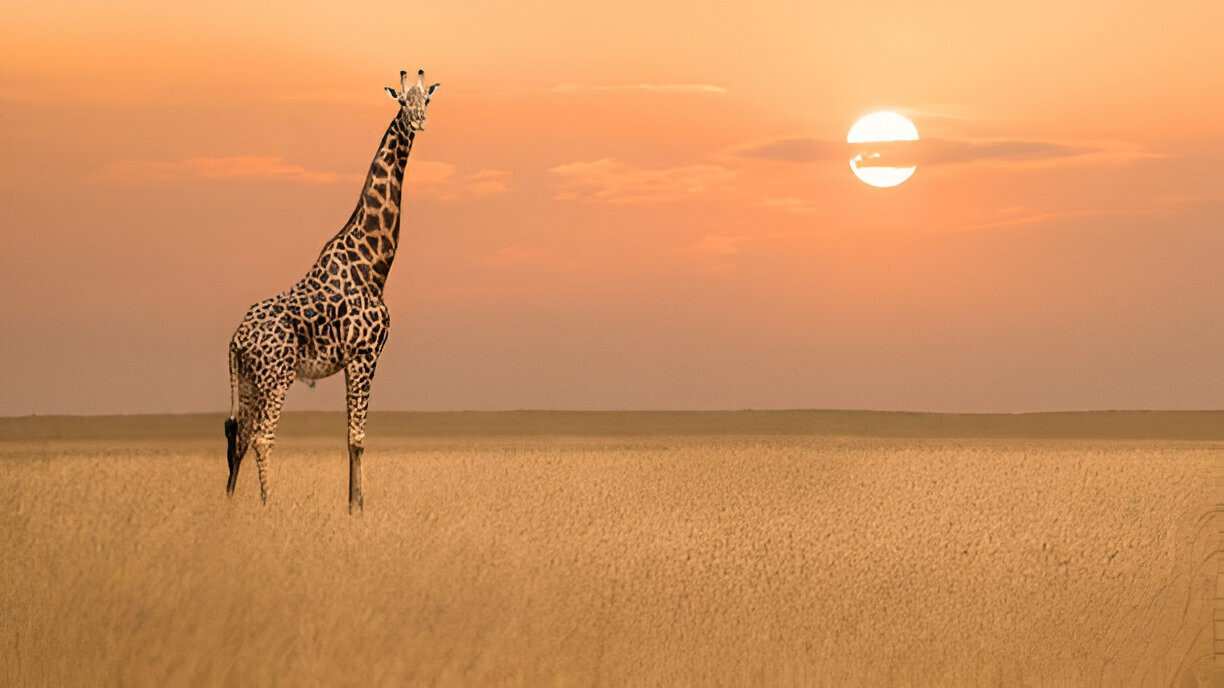
Widely hailed as the quintessential symbol of the African savanna, the giraffe stands out as an unmistakable creature with its towering stature, long neck, and distinctive spotted coat. Arab prophets bestowed upon it the title of the ‘queen of the beasts’, lauding its graceful demeanor and delicate features.
Comprising nine subspecies, this majestic safari animal holds the title of the world's tallest land mammal. Its coat is adorned with dark blotches against a lighter background, with male giraffes often darkening with age. While calves inherit spot patterns from their mothers, each giraffe boasts a unique coat pattern, setting it apart from others. Equipped with keen senses of hearing and smell, the giraffe employs these abilities as defenses against predators. Moreover, it possesses the remarkable ability to close its nostrils during sandstorms and encounters with ants.
For those seeking encounters with giraffes in their natural habitat, prime locations include Etosha National Park in Namibia, Kruger National Park in South Africa, Serengeti National Park in Tanzania, and Masai Mara National Reserve in Kenya.
Zebra
Zebras are African equids famous for their black and white striped coats. They inhabit grasslands, savannas, and open woodlands across sub-Saharan Africa. Prime locations to see zebras include national parks such as Serengeti (Tanzania), Maasai Mara (Kenya), Kruger (South Africa), and Etosha (Namibia).
Hartebeests
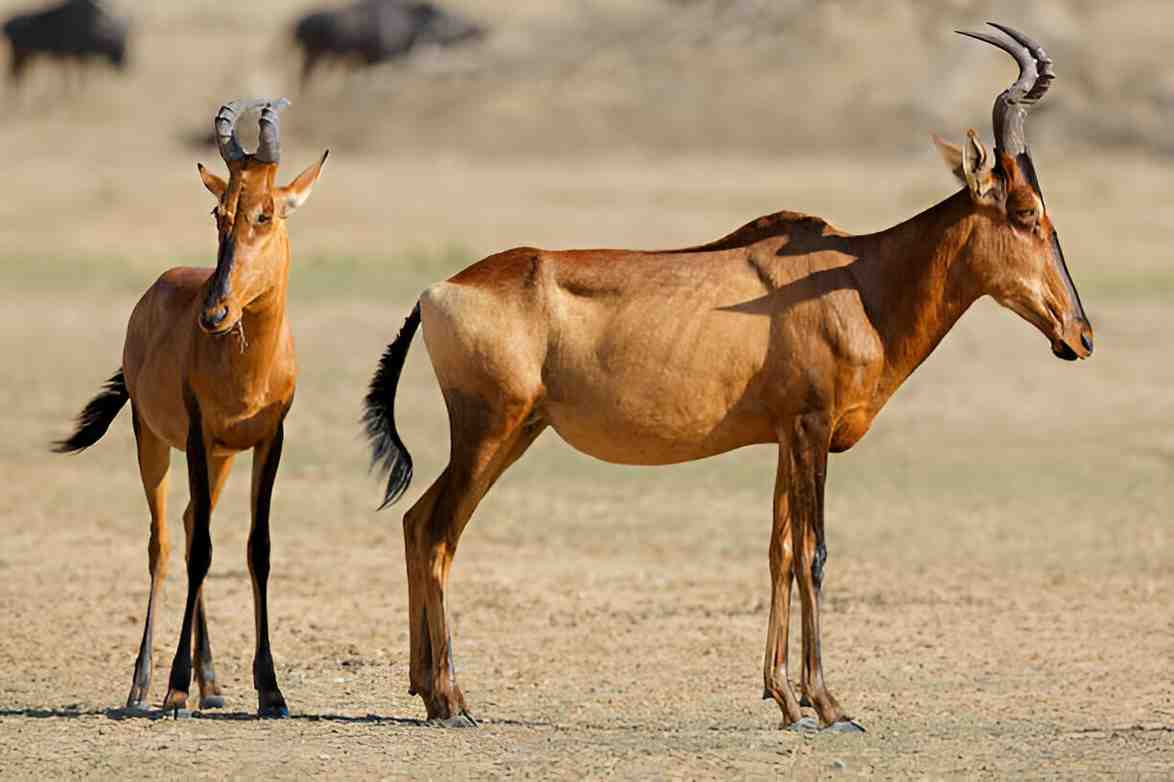
Hartebeests are large African antelopes known for their long faces and curved horns. They inhabit savannas and grasslands across sub-Saharan Africa, grazing on grasses and herbs. These social animals form herds and are often found in open areas where they can easily detect predators. Prime locations to see hartebeests include national parks such as Serengeti (Tanzania), Maasai Mara (Kenya), and Kruger (South Africa).
Impala
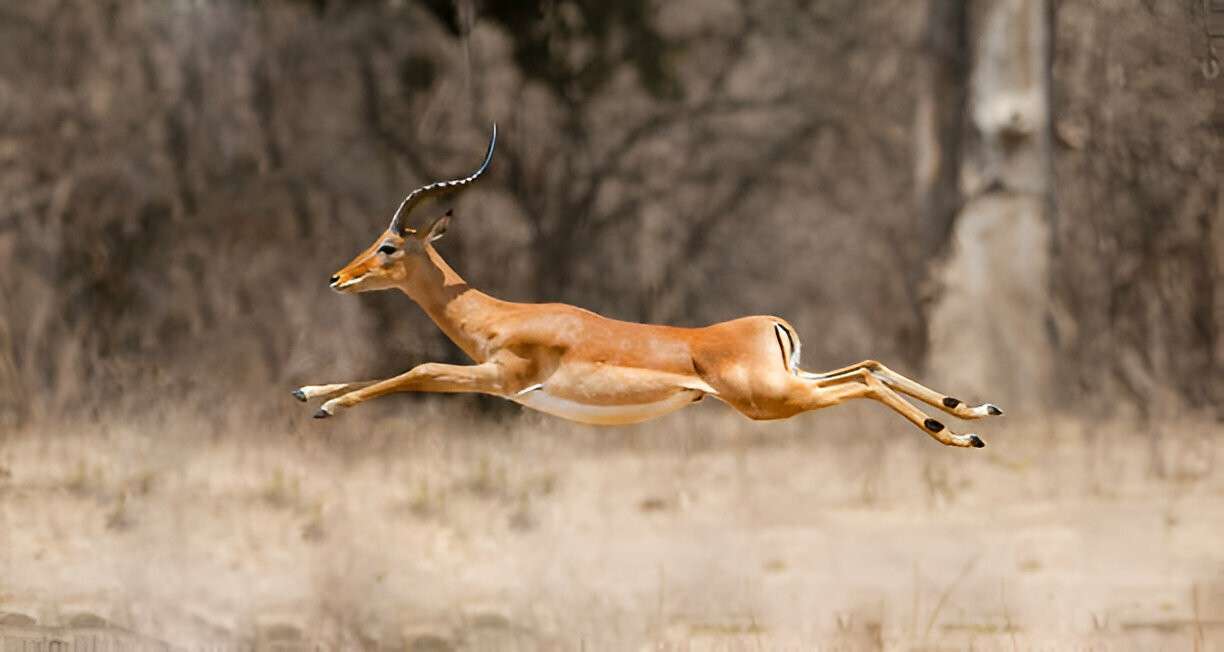
The impala is a medium-sized antelope found in Southern and Eastern Africa. It's known for its reddish-brown coat and distinctive black markings on its face, ears, and tail. Impalas are agile runners and can jump long distances. They inhabit various habitats including savannas and woodlands. Impalas form large herds, with males establishing territories and competing for dominance during breeding season. They are herbivores, feeding on grasses, leaves, and shoots. Impalas are preyed upon by a variety of predators including lions, leopards, and cheetahs. They play a crucial role in the ecosystem as both prey and seed dispersers.
Wildebeests
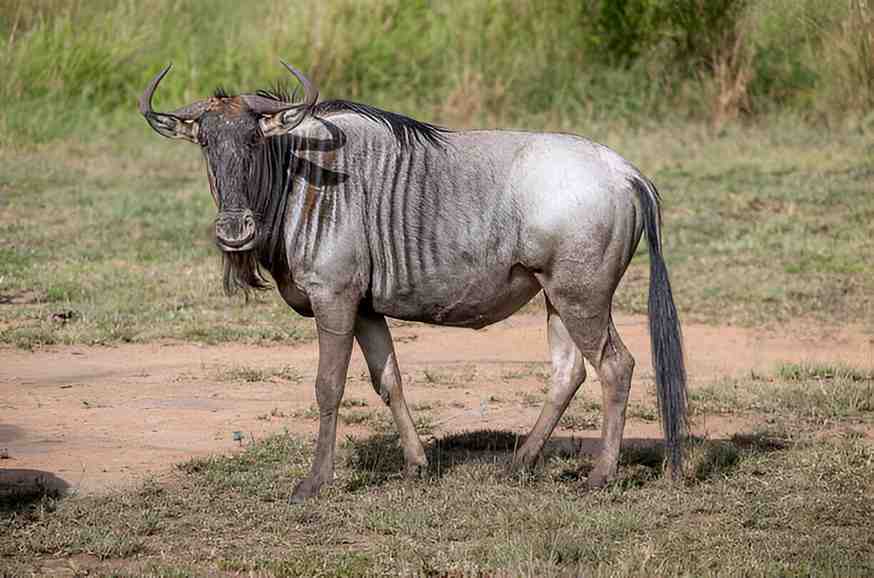
Wildebeests, also known as gnus, are large African antelopes recognized for their distinctive appearance and spectacular migrations. They inhabit grasslands and savannas across sub-Saharan Africa, grazing on grasses and herbs. Wildebeests form massive herds and undertake long-distance migrations in search of food and water, making them a spectacle to witness in national parks like Serengeti (Tanzania) and Maasai Mara (Kenya).
Wild dogs
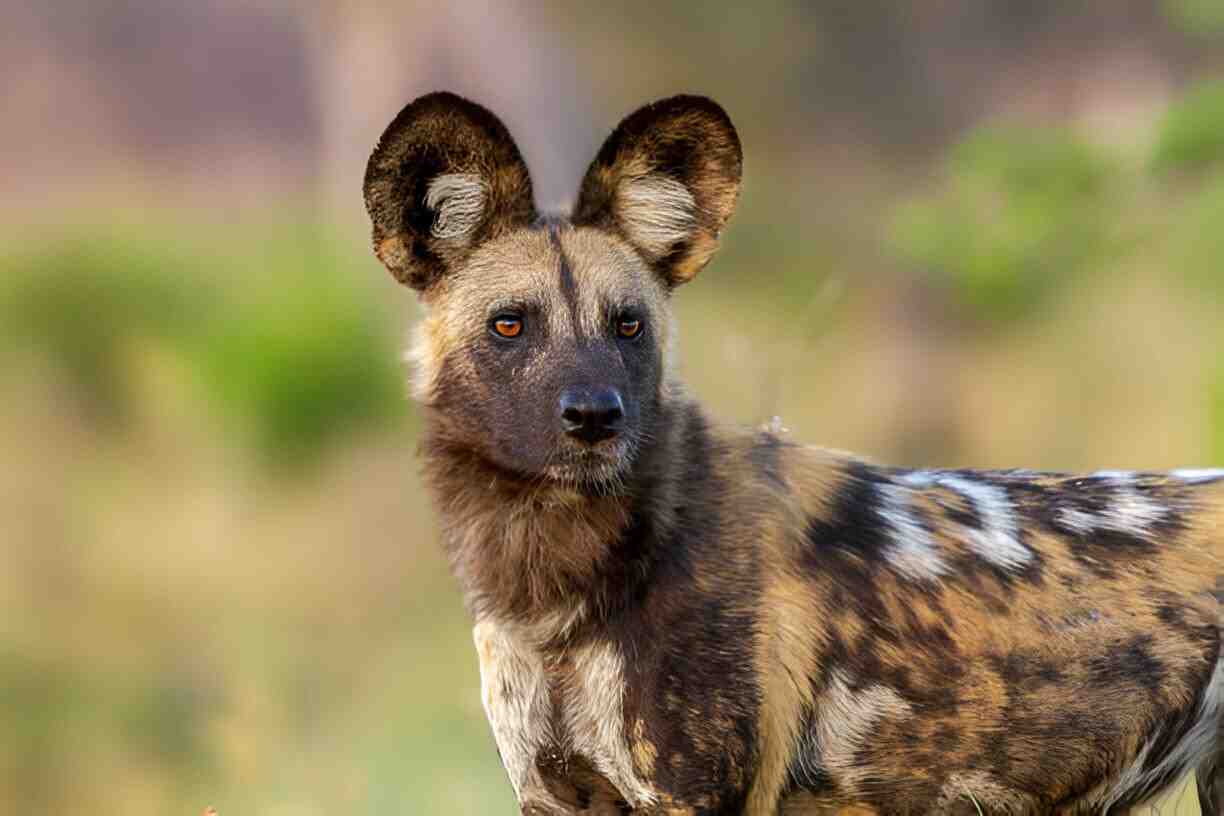
Wild dogs, also known as African painted dogs or African hunting dogs, are highly social carnivores native to sub-Saharan Africa. They are characterized by their colorful coats marked with patches of black, brown, white, and yellow. Wild dogs live and hunt in packs, cooperating to bring down prey much larger than themselves. They are skilled hunters, utilizing teamwork, stamina, and intelligence to pursue and capture prey. Unfortunately, they are endangered due to habitat loss, human-wildlife conflict, and diseases like canine distemper and rabies. Prime locations to see wild dogs include national parks such as Kruger (South Africa), Okavango Delta (Botswana), and Hwange (Zimbabwe).
Warthogs
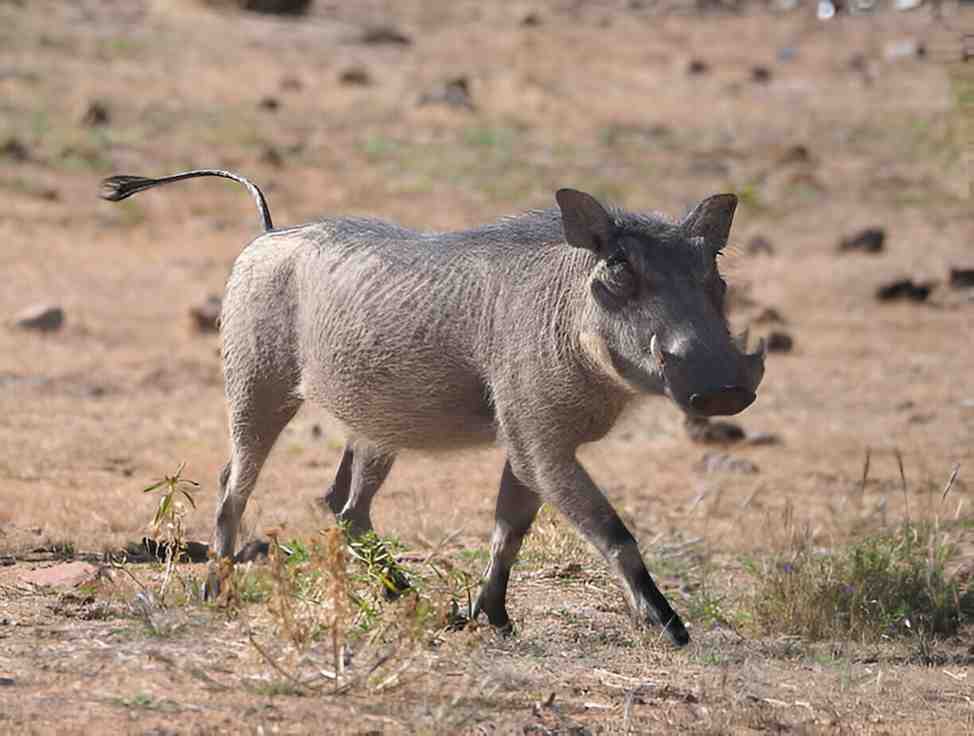
Warthogs are wild pigs native to sub-Saharan Africa, characterized by their stocky bodies, large heads, and warty protrusions on their faces. They have long, curved tusks that protrude from their mouths and are used for defense against predators and for digging up roots and tubers for food. Warthogs are primarily herbivores, feeding on grasses, roots, fruits, and other vegetation. They are often found in savannas, grasslands, and woodland areas, where they live in burrows or abandoned dens dug by other animals. Warthogs are preyed upon by predators such as lions, leopards, and hyenas, but their tough skin and formidable tusks make them formidable opponents. They are also known for their distinctive behavior of kneeling down on their front legs while foraging for food, a posture that earned them the nickname "knee-walkers."
Spotted Hyenas
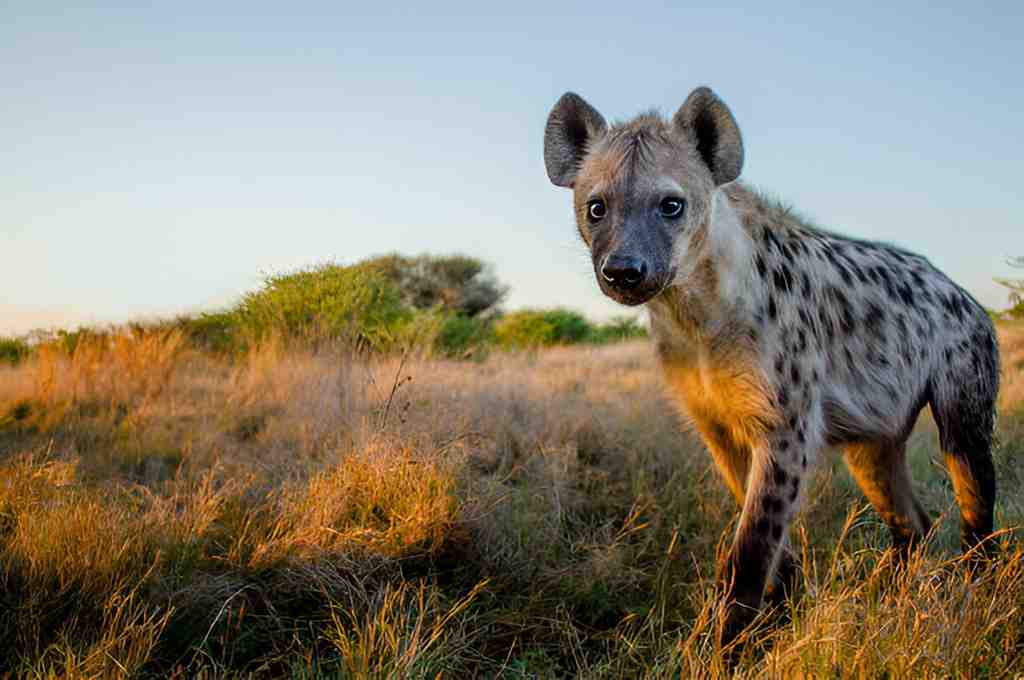
Spotted hyenas are large carnivores with robust builds, sandy fur covered in dark spots, and distinctive sloping backs. They live in social clans led by dominant females and are skilled hunters and scavengers, feeding on a variety of prey and carrion. Their vocalizations, including whooping calls and cackling laughs, are characteristic. Spotted hyenas are commonly found in savannas and grasslands across Africa, particularly in national parks like Serengeti (Tanzania) and Maasai Mara (Kenya).
Rhinoceroses
Rhinoceroses, or rhinos, are large, herbivorous mammals known for their thick, armored skin and distinctive horns. They are found in Africa and Asia, inhabiting various habitats such as savannas, grasslands, and forests. Rhinos are characterized by their massive bodies, short legs, and prehensile upper lips, which they use to grasp and eat vegetation. They are critically endangered due to poaching for their horns, which are highly valued in traditional medicine. Prime locations to see rhinos include national parks and reserves in Africa, such as Kruger (South Africa), Etosha (Namibia), and Chitwan (Nepal) in Asia.
Ostrich

The ostrich is the largest bird in the world. It has a long neck, long legs, and a big body covered in feathers. Ostriches cannot fly, but they can run very fast. They live in Africa and are known for laying the largest eggs of any bird. Ostriches eat plants, seeds, and sometimes insects. They are good at hiding and can be found in open grasslands and deserts.
Lion
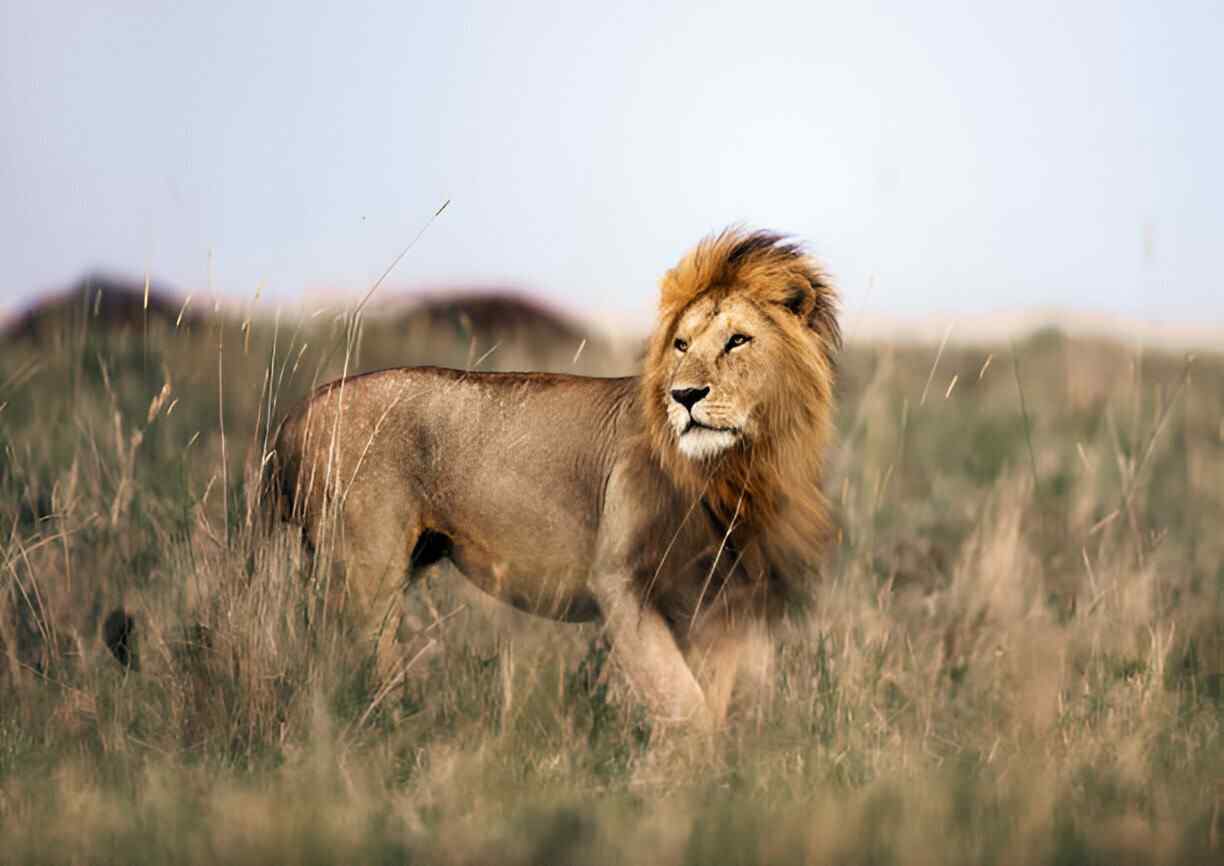
Lions are big cats that live in Africa and parts of Asia. They are known for their golden fur and large manes on the males. Lions are social animals, living in groups called prides. They are skilled hunters and mainly eat large mammals like zebras and wildebeests. Lions are strong and can roar loudly to communicate with other lions. They spend most of the day resting and hunting at night. Lions are often found in savannas and grasslands, where they are top predators.
Jackals
Jackals are small to medium-sized members of the canine family found in Africa, Asia, and southeastern Europe. They have a slender body, pointed ears, and a bushy tail. Their fur varies in color from sandy to reddish-brown, depending on the species and habitat. Jackals are opportunistic omnivores, meaning they eat a variety of foods including small mammals, birds, insects, fruits, and carrion. They are skilled hunters and scavengers, often hunting in pairs or small groups. Jackals are highly adaptable and can be found in a range of habitats, including savannas, deserts, forests, and urban areas. They play an important role in their ecosystems by controlling populations of small mammals and scavenging on carrion.
Leopards
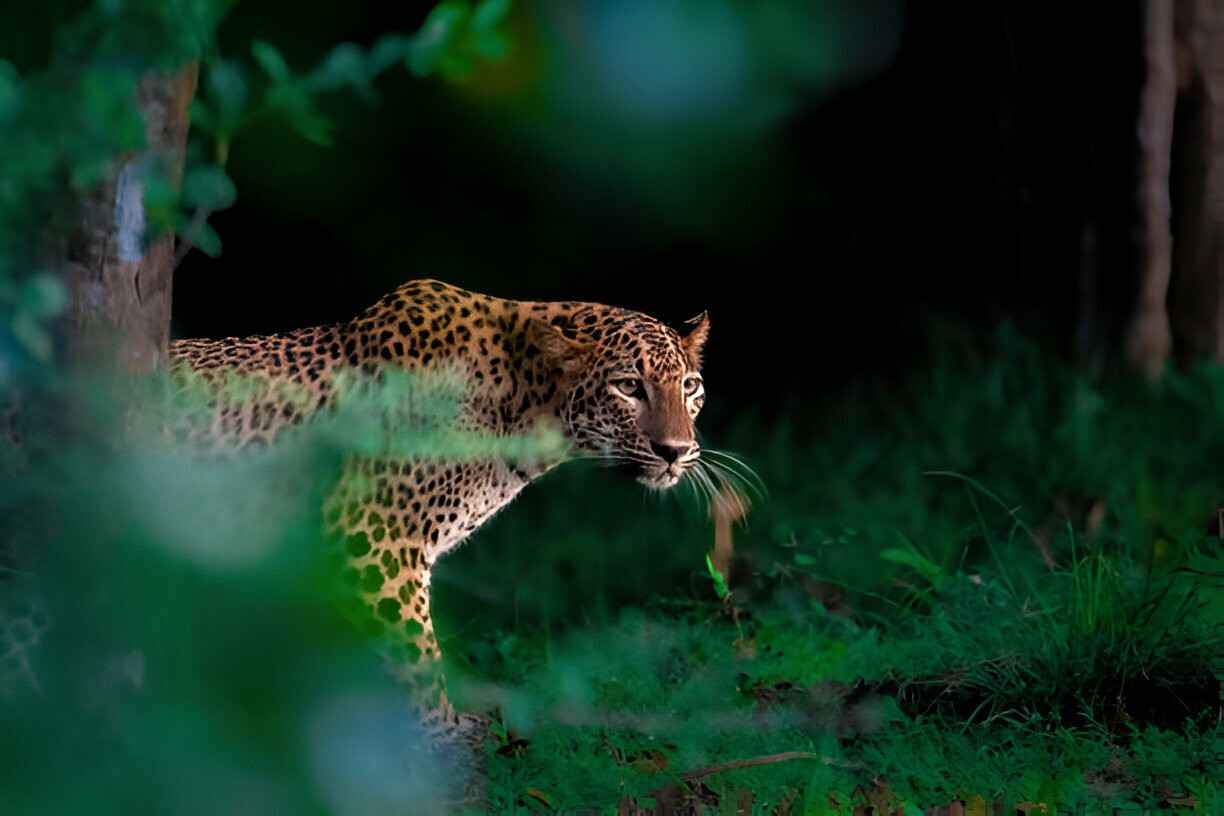
Leopards are large, spotted cats found in Africa and parts of Asia. They are known for their golden fur covered in black rosettes. Leopards are solitary hunters, using stealth and strength to ambush prey like antelope and monkeys. They are skilled climbers and often stash their kills in trees to keep them safe from other predators. Leopards are adaptable animals, living in a variety of habitats including forests, grasslands, and mountains. They are also known for their ability to thrive in human-dominated areas.

